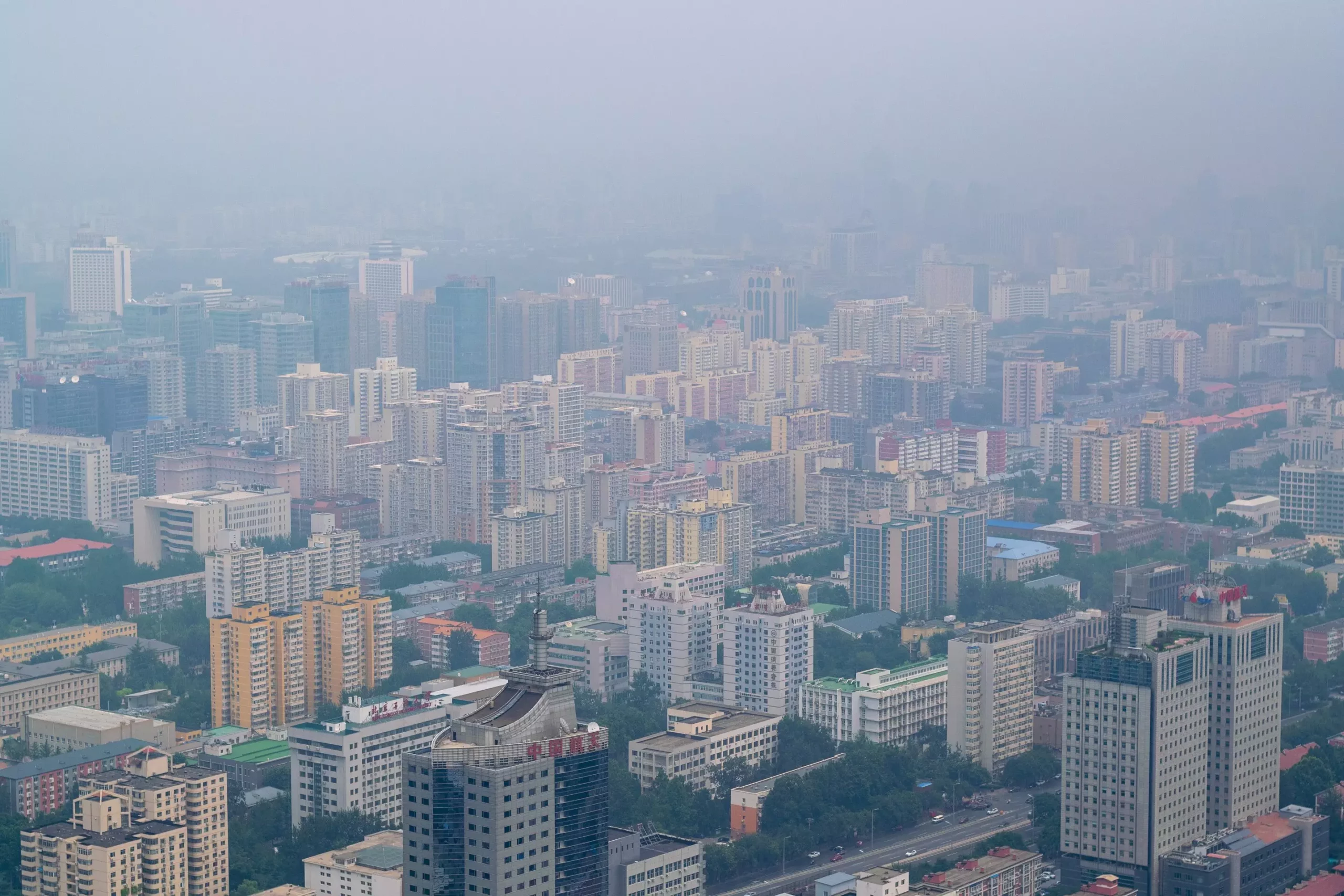The issue of outsourced beneficiaries in Chinese cities has recently come under scrutiny by experts who have identified a significant trend across 240 cities in the country. These cities are benefiting from emission reductions primarily due to the carbon mitigation efforts of other cities, while not putting in enough effort themselves. This phenomenon was studied over a five-year period from 2012 to 2017, marking a crucial time of economic reform and industrial transformation in China.
A study published in Nature Cities, conducted by researchers from the University of Birmingham, University College London, and Tsinghua University in Beijing, sheds light on this trend. The study reveals that 78% of the cities analyzed can be classified as “outsourced beneficiaries,” relying on carbon mitigation from their supply chain. These cities were further categorized as “strong” or “weak” beneficiaries based on their development stages and industrial structures.
The distinction between “strong” and “weak” outsourced beneficiaries is closely linked to the development stage and industrial composition of each city. Strong beneficiaries are typically industrialized cities with a focus on agriculture and light manufacturing, prioritizing local economic growth. On the other hand, weak beneficiaries are often located downstream in the supply chain, characterized by a prevalence of services and high-tech manufacturing. These cities have strong connections with upstream heavy-industry cities.
The study emphasizes the need for nuanced government policies to address the disparities between cities and promote a fair distribution of mitigation responsibilities. Strong outsourced beneficiaries, particularly in energy cities and heavy industry cities, may require financial and technical support to modernize their production capacity. This transformation can help shift them from being strong beneficiaries to weak free riders. Conversely, weak beneficiaries with high-tech and service-oriented industries should focus on investing in technological innovation and research to enhance industrial efficiency and become role models.
Effectively reducing emissions and tackling climate change requires tailored policies that address the unique challenges and opportunities of each city. It is crucial to recognize the interconnectedness of cities in the supply chain and the impact of their actions on overall carbon emissions. By acknowledging the role of cities in carbon mitigation, governments can incentivize sustainable practices and promote a more equitable distribution of responsibilities.
The study highlights the complex dynamics of outsourced beneficiaries in Chinese cities and underscores the importance of targeted interventions to address this issue. By implementing strategic policies that consider the specific needs of each city, it is possible to foster a more sustainable and environmentally conscious urban landscape in China.


Leave a Reply